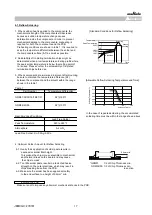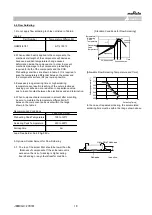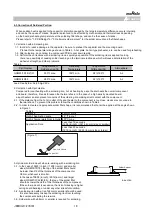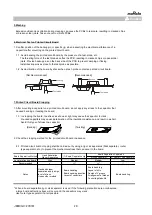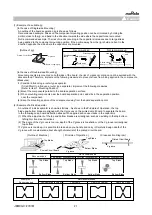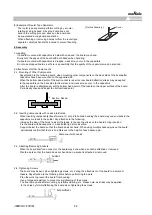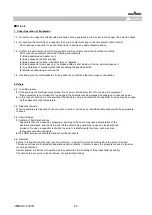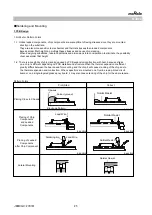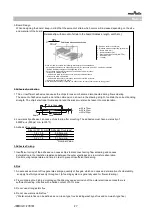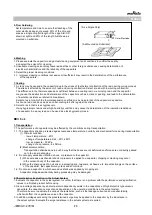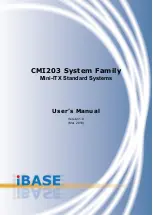
4-3.Correction of Soldered Portion
When sudden heat is applied to the capacitor, distortion caused by the large temperature difference occurs internally,
and can be the cause of cracks. Capacitors also tend to be affected by mechanical and thermal stress depending
on the board preheating temperature or the soldering fillet shape, and can be the cause of cracks.
Please refer to "1. PCB Design" or "3. Optimum solder amount" for the solder amount and the fillet shapes.
1. Correction with a Soldering Iron
1-1. In order to reduce damage to the capacitor, be sure to preheat the capacitor and the mounting board.
Preheat to the temperature range shown in Table 3. A hot plate, hot air type preheater, etc. can be used for preheating.
1-2. After soldering, do not allow the component/PCB to cool down rapidly.
1-3. Perform the corrections with a soldering iron as quickly as possible. If the soldering iron is applied too long,
there is a possibility of causing solder leaching on the terminal electrodes, which will cause deterioration of the
adhesive strength and other problems.
Table 3
Lead Free Solder: Sn-3.0Ag-0.5Cu
2. Correction with Spot Heater
Compared to local heating with a soldering iron, hot air heating by a spot heater heats the overall component
and board, therefore, it tends to lessen the thermal shock. In the case of a high density mounted board,
a spot heater can also prevent concerns of the soldering iron making direct contact with the component.
2-1. If the distance from the hot air outlet of the spot heater to the component is too close, cracks may occur due to
thermal shock. To prevent this problem, follow the conditions shown in Table 4.
2-2. In order to create an appropriate solder fillet shape, it is recommended that hot air be applied at the angle shown
in Figure 1.
Table 4
Distance
5mm or more
Hot Air Application angle
45° *Figure 1
Hot Air Temperature Nozzle Outlet 400°C max.
Less than 10 seconds
Application Time
(1206 (in inch) / (3216 (in mm) size or smaller)
Less than 30 seconds
(1210 (in inch) / 3225 (in mm) size or larger)
3. Optimum solder amount when re-working with a soldering iron
3-1. In the case of 0603 (in inch) / 1608 (in mm) and smaller
sizes (GRM03/15/18), the top of the solder fillet should
be lower than 2/3 of the thickness of the component or
0.5mm, whichever is smaller.
In the case of 0805 (in inch) / 2012(in mm) and larger
sizes (GRM21/31/32/43/55), the top of the solder fillet
in section
should be lower than 2/3 of the thickness of the component.
If the solder amount is excessive, the risk of cracking is higher
during board bending or under any other stressful condition.
3-2. A soldering iron with a tip of ø3mm or smaller should be used.
It is also necessary to keep the soldering iron from touching
the components during the re-work.
3-3. Solder wire with ø0.5mm or smaller is required for soldering.
Temperature
Differential(ΔT)
Atmosphere
Caution
Air
Air
ΔT
≦
190
℃
ΔT
≦
130
℃
150
℃
min.
150
℃
min.
GRM32/43/55
Part Number
GRM03/15/18/21/31
Temperature of
Soldering Iron tip
350
℃
max.
280
℃
max.
Preheating
Temperature
!
One-hole Nozzle
an Angle of 45
[Figure 1]
Solder Amount
JEMCGC-2701W
19













